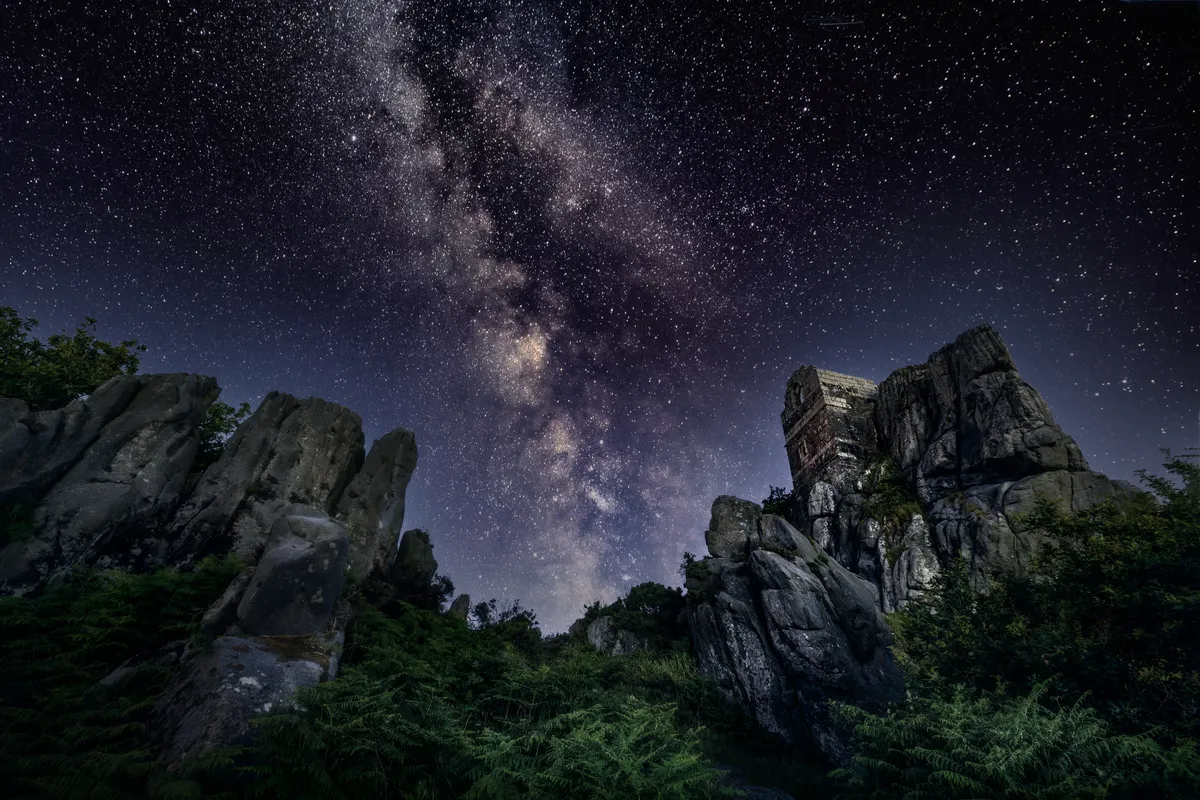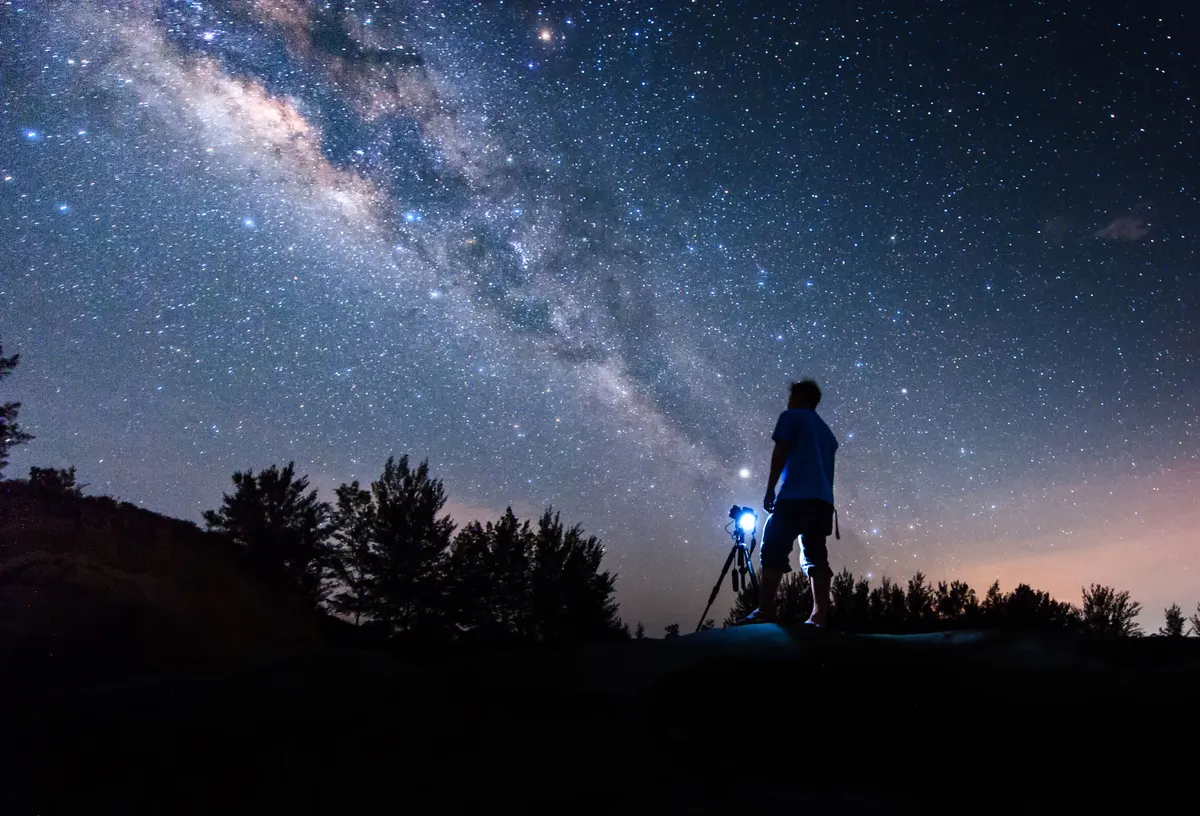Few celestial events are more beautiful than a meteor shower, streams of cosmic debris that enter Earth’s atmosphere at such speeds they leave streaks of light in their wake.
Meteor showers occur several times a year, and can last weeks, with a 'peak' shower usually taking place in the middle of this period.
For you best chance of sighting a meteor shower, it's a good idea to to find somewhere as far away from light pollution as possible. Our national parks are a great place to start, as well as Dark Sky Parks and Dark Sky Reserves. If these areas of protection feel a bit too out of reach, fear not, you can still view meteor showers from a hilltop, riverbank, or even the window of your house.
- How to become a better astronomer
- 14 things new stargazers should know
- How the Moon affects wildlife

Why do meteor showers occur?
Meteors are pieces of interplanetary matter. When meteors enter Earth's atmosphere they 'burn up', leaving steaks of light in their wake. This is often referred to as a shooting start.
A meteor shower is when a number of meteors, all originating from a specific parent comet, enter Earth's atmosphere at once.

When to see meteor showers in 2023
There are a number of meteor showers that occur annually, each spanning a few days or even weeks. At some point during the shower there will be a 'peak' period when the rate of meteors is at its highest – this is usually the best time to head outside and look to the skies.
Here are the meteor showers to look out for in 2023.
Perseids
Occurs: 17 July–24 August | Peak: 12–13 August
During its peak, over 100 meteors may be seen in just one hour, each with a train. Associated with Comet Swift-Tuttle.
Draconids
Occurs: 6–10 October | Peak: 8–9 October
In 1933 and 1946, Draconids produced some of the most active displays in the 20th century. In recent years, however, it has been a less vigorous meteor shower than most, with a variable rate per hour.
Orionids
Occurs: 2 October–7 November | Peak: 21–22 October
Thought to have come from the famous Halley’s Comet, these fast-moving meteors fall at a rate of 25 per hour. The Orionids sometimes produce bright fireballs.
Taurids
Occurs: 10 September–20 November (Southern H); 20 October–10 December (Northern H) | Peak: 12–13 November
Slow-moving meteors but sometimes very bright, with an average rate of five per hour. This long-lasting shower occurs every year from late October to the end of November, peaking in mid November. Watch for fireballs this year.
Leonids
Occurs: 6–30 November | Peak: 17–18 November
Fast, bright meteors with fine trains, associated with Comet Tempel-Tuttle.
Geminids
Occurs: 4–20 December | Peak: 14–15 December
Easier to spot than other showers on this list, Geminids typically has a rate of 150 fast-travelling meteors per hour.
Ursids peak
Occurs: 17-26 December | Peak: 22–23 December
This sparse shower produces five meteors at its peak. Associated with comet 8P/Tuttle.

